Hello everyone:
As always, please remember to scroll past the end of the essay to read this week’s curated collection of Anthropocene news.
Now on to this week’s writing:
One of my happiest moments in recent weeks occurred a few days ago as I tossed small white feathers into a sunny spring breeze. As cute as that might sound, it wasn’t the feathers that delighted me. It was the mob of tree swallows, from a colony of nearly 20 nesting pairs that I’ve helped to build, swooping in and snatching the feathers mid-air.
There is already such grace and beauty in tree swallow flight, with their blue-green iridescence glittering as they perform razor-sharp aerobatics while foraging for tiny insects at high speed. But when they hit that white fluff of feather and carried it skyward, I felt like I was watching molecules forming.
Sometimes the molecules chased each other, as some swallows worked to steal a particularly nice feather. If the first swallow dropped it, it was clasped in another beak a moment later, heading for a nest box with other birds in chase.
The great naturalist and writer Bernd Heinrich has a lesser-known book titled White Feathers, in which he observes tree swallow nesting behavior over several Maine summers. If you’re really into tree swallows, it may interest you, but it’s not his most compelling book, mainly because most of the text consists of his obsessive observations, often minute-by-minute, of tree swallow behavior in and around the nest box.
One July day, for example, Heinrich rises at 3:30 a.m. to see if the female swallow is sitting on her four nearly-fledged young (he had assumed she wouldn’t), then returns briefly to his cabin to make some coffee and meditate on the day’s work:
The day ahead might be long. Expecting constantly scintillating observations is the best guarantee of tedium. To be successful as a naturalist requires the mindset of a beggar, eager and thankful for every crumb of information.
He persists in his hundreds of hours of observations through swarms of blackflies, through rain, and with an acknowledgement that he’s not sure what all the accumulated data might mean. Why are the tree swallows so excited about feathers when nesting? Are they for warmth, for proving fealty to each other and the young, to hide the eggs from predators or parasitic birds? How should he understand the difference between their chilp, cheep, and chee vocalizations? What does the male’s or female’s absence mean at different times of day or night? And so on, ad infinitum.
The naturalist’s work, like a lover’s or a caregiver’s, is never done. The lives we care for are infinite.
I’m reminded of All That Breathes, the remarkable documentary I’ve written about here, in which brothers Nadeem and Saud and friend Salik in a poor, smoggy neighborhood of New Delhi devote their lives to caring for black kites, the small raptors that fill and fall from the city’s filthy skies. In a Times newsletter, writer Somini Sengupta nicely captured the essence of the film, particularly in this passage about the brothers and Salik, who
care for their neighbors (in this case, nonhuman neighbors) in a makeshift bird hospital in a tiny basement on a narrow street in a cheek-by-jowl neighborhood of Delhi. The brothers treat their wounds. They grind meat to feed them. They nurse them back to health. When they can’t, they dig graves
And therein lies a lesson for many of us in the era we call the Anthropocene: The brothers do their part.
Sen calls it noticing. Noticing who is there, who is hurt, who needs care.
“They’re constantly surrounded by that kind of awareness of things that are very palpably living, injured, wounded, breathing,” Sen said.
Saud and Nadeem explain on their website, Raptor Rescue, that as young men they decided they could no longer ignore the birds’ suffering. They found little support in the community, but were determined to let their noticing change their lives. That’s the radical step not enough of us take, crossing the line from empathy to ethics, and never retreating.
I’m reminded also of my friends Mark and Deb, who spearheaded the effort to design, rebuild, fund, and maintain an incredible fish ladder here in midcoast Maine. The new Damariscotta Mills ladder is a work of art, the result of a 10-year, million-dollar restoration effort of a 200-year-old structure. Its 69 pools, each perfectly designed, allow alewives (a species of herring) to climb 42 feet, several inches at a time, from the tidal waters of Great Salt Bay up into their freshwater breeding grounds of Damariscotta Lake. In 2007, before the renovation began, 80,142 alewives swam up the ladder. Each year as work progressed their numbers increased rapidly. After completion of the pools, a record 1,066,314 alewives ascended to the lake from the sea.
You can read more about the Damariscotta Mills ladder and, for those in the area, I recommend making a visit this month as the black mass of a million-plus fish arrive. They’ll wait their turn at the bottom of the ladder while seals, eagles, ospreys, gulls, and cormorants dive and surge through the school to gorge. At the top of the ladder, you can see the fish, one by one, entering the lake to breed and enrich the ecosystem. The young, and many of the adults, will return down the ladder and out into the Gulf of Maine to enrich those waters as well. Better yet, the ladder repair in the Mills is part of a much larger effort that’s taken place up and down the Maine coast. This benefits us as much as any other species. As I wrote recently in “White Coal,” the importance of rebuilding these connections between freshwater and saltwater habitats cannot be overestimated.
If we’re not building resilience into the living systems around us, we’re not preparing for the future we’ve made.
All of this is the kind of work that needs doing everywhere. Literally everywhere. We must actively oppose the ongoing erasure of the living world, and we must find joy in it and pass that joy along to others. Building fish ladders in the dead of winter, spending hours making detailed notes about bird behavior while blackflies chew your knuckles, and doing surgery on small raptors isn’t quite as cute and easy as lofting feathers for swallows, but there’s joy in all of it as we contribute to the cause of wildlife, and of wild life.
The great list of people and groups around the world doing vital, beautiful work in support of plants, animals, and the places we all call home is infinite too. From the thousands of policy wonks, scientists, and activists behind the Global Biodiversity Framework and the High Seas Treaty at the U.N. to Pres. Biden’s expansion of national monuments and Lula’s work to end deforestation of the Amazon, and much more, there are people pushing the world to make large wise decisions. There are conservation biologists and backyard birders devoting their lives to a particular animal, plant, or place they love. There are legions of folks who know that their dollars are well-spent when they go to protect and restore what remains of the green/blue world.
I think especially of wildlife rehab centers, taking in the wounded and orphaned, the poisoned and stunned, and caring for them on thin salaries and shoestring budgets. One of my favorite stories here is of Natashia Nowak and Alexxia Bell’s Turtle Rescue League in Boston, where they operate a vitally important animal hospital out of their basement. Often, these are volunteers in the ancient sense of the word, going back to the Latin voluntarius “willing, of one's free will,” from voluntas “will,” from velle “to wish.” The wish we all have, on some level, is to connect to other animals and plants, to weave ourselves back into the larger consciousness, and to be of service to the living world.
A recent article by NPR quoted the executive director of a wildlife rehab facility in D.C., who made two beautifully true statements:
"It's not like you're born with a finite amount of compassion — once you use it up, that's it, you're a jerk. It's not like that. The more compassionate stuff you do, the more kind you become," Monsma says…
“We have changed our environment to make life very pleasant and efficient and comfortable for us,” he says. Things like roads, cars, lawns, and lawnmowers make life easier for people, but much tougher for wild animals.
And yet the more empathy and compassion we develop, the more painful the built world becomes. We are the car and the lawnmower. Having our eyes opened to this world of wounds is, as Aldo Leopold wrote, the penalty of an ecological education. “To be alive and explore nature now,” Tom Mustill writes in his book, How to Speak Whale, “is to read by the light of a library as it burns.” But we have to keep reading and passing along what we’ve learned, in the hopes of building enough momentum to put out the fire.
I want to highlight, as I often do, the work of the Center for Biological Diversity (CBD). There are many excellent environmental groups working to save whales, Alaskan wilderness, wolfpacks, and so much more, but my sense is that here in the U.S. the Center is indispensable. Their work centers the idea that in a nation of laws, the law must be used to protect the living world. They constantly spur the U.S. government to live up to its domestic and international environmental obligations.
Across their comprehensive array of programs, CBD uses the courts to defend species listed by the Endangered Species Act and the species who should be listed; to push for enforcement of laws restricting international wildlife trade; to protect remnant populations of carnivores; to preserve the habitats that wildlife calls home; to watchdog development along the “wildland-urban interface,” and much much more. I urge you to research their work and support them if you can.
A CBD campaign I want to highlight here is their decades-long battle against the taxpayer-funded slaughter of native wildlife by the federal agency known as Wildlife Services. Wildlife Services is infamous primarily for their work killing wolves, coyotes, grizzlies, cougars, bobcats, foxes, and more, usually at the behest of ranchers looking to protect calves and lambs. You can read an excellent introduction to the tragedies and ethical dilemmas embedded in that work in a great 2016 High Country News article, “Wildlife Services and its eternal war on predators,” by Ben Goldfarb.
The agency describes its role this way: “Wildlife Services leads our Nation's efforts to manage conflicts between people and wildlife so they can coexist.” That conflict management includes deterring, dispersing, and relocating millions of “problem animals,” and doing research on the best nonlethal methods, but it still entails far too much killing to meet my definition of coexistence. The agency’s to-do list runs the gamut from the culturally necessary (like removing millions of birds from airport runways and culling invasive feral pigs) to the ecologically horrifying (like killing beavers and vultures).
In 2023, according to a recent CBD press release, the agency killed 375,045 native animals, including “305 gray wolves, 68,562 coyotes, 430 black bears, 235 mountain lions, 469 bobcats, 2,122 red and gray foxes and 24,603 beavers.” By my math, that’s one coyote murdered every 7.7 minutes, a beaver every 21 minutes, and a fox every 4 hours.
There were an additional 2500 unintended deaths of native species trapped or poisoned by mistake, including 658 river otters and 428 turtles. All of these numbers are likely low, CBD says, because agency insiders have long charged that Wildlife Services agents kill far more animals than they report.
You can read the agency’s report on who it killed or dispersed, but unsurprisingly it takes a bit more effort to find the report than it should. Visit the agency’s publications page, select the year you want reports for in the drop-down list, then find the tiny “Select PDR” drop-down menu above the chart at the bottom of the page, and select “PDR-G Report.” That’s the tally of every species killed, relocated, etc., arranged alphabetically from “Albatrosses, Black-footed” to “Yellowlegs, Lesser.”
Our society’s relationship with Wildlife Services, and their relationship with the living world, is an important and disturbing topic that deserves an essay or three, but for my slightly more cheerful purposes this week I wanted to simply remind you that humans are a two-headed beast. So much of what we do is in opposition to the community of life, and yet so many of us are working with deep empathy for our fellow species. From the point of view of the living world, this kind of coexistence looks a lot like parasitism undermined by empathy. The goal, then, is for the empathy to win out.
Offering tree swallows some white feathers to line their nests will not help the decimated populations of predators, or heal the wounds left by cars and lawnmowers. But it’s an act of joy for me and something the birds take seriously. It’s also part of a larger effort to help the swallows maintain a sustainable population amid the endless threats to their migratory lives. I build and maintain nest boxes and slowly enlarge the nesting opportunities year by year.
“Wildlife Services” is a name straight out of Kafka or Orwell when applied to the darker side of the agency’s work. But the name is also an opportunity, something for the agency to live up to as they research and trial nonlethal alternatives. And it’s a call to action for us to cross the line from empathy to ethics, to rebuild resilience in natural systems, and to be caregivers, naturalists, and conservationists in a world full of wild lives as intimate and infinite as our own, and now as desperate for care as we are. The services we provide them we provide to ourselves, because “the more compassionate stuff you do, the more kind you become.”
Thanks for sticking with me.
In other Anthropocene news:
From
and , a really great short version of Rob’s essential lesson on how our erasure of the green world is causing the climate to heat up. His piece, “The Climate Beneath Our Feet,” uses the story of climate scientist Millan Millan to explain the “two legs” of climate, land use and emissions:For land change, the mechanism is both biological and hydrological, resulting from damage to the water cycles because of land disturbance. It occurs quickly in the place of disturbance, with the climatic effects radiating outward and upward from there. If you clearcut a forest you immediately destroy the evapotranspiration in that place, and with it the cooling effects of the living trees. Within a few hours the temperature can rise upward of thirty degrees Fahrenheit or more.
For greenhouse gases, the mechanism is physical, the absorption by greenhouse gases of outgoing long wave radiation, now streaming upward from the sunbaked soil. The buildup of the gases occurs gradually and globally. The person sweating in the clearcut won’t feel it, but it subjects the entire planet to geological scales of change.
From the Guardian, a survey of hundreds of top climate scientists around the globe reveals a deep despair and anger over the path we’re on and the insufficient response to the terrors made obvious by the data. Most of them believe global temps will rise at least a catastrophic 2.5 or 3C above normal. There’s some hope and optimism in their responses, but it’s framed by the physical reality we’re making:
“I believe in social tipping points,” where small changes in society trigger large-scale climate action, said Elena López-Gunn, at the research company Icatalist in Spain. “Unfortunately, I also believe in physical climate tipping points.”
From the Bay Journal, some good long-term news on the hemlock tree apocalypse that’s been killing tens of millions of trees in the eastern U.S. for several decades. The hemlock wooly adelgid, a fuzzy tiny insect, siphons nutrient-rich fluid from hemlock needles, weakening and eventually killing the trees. In Shenandoah National Park, for example, 95% of mature hemlocks have died in the last 25 years. But a variety of manmade and natural defenses – “bio-controls, insecticides, habitat doctoring… a disease-resistant hemlock hybrid, plus the discovery of native trees that are somehow immune” – have convinced some scientists that hemlocks will remain in the landscape.
The recent New York Declaration on Animal Consciousness is getting some well-deserved attention. Nautilus has an excellent article explaining the ideas the Declaration discusses, and
– the – here on Substack has a thoughtful, funny, and pragmatic response from the point of view of a scientist who has devoted his life to studying fish and crustaceans. The piece is called “So, Crabs Have Feelings?”Also from Nautilus, a great long-form exploration of what we know and don’t know about the likelihood of a collapse of the all-important AMOC current, which controls much of global climate and whose collapse would upend Earth systems and human civilization. As many of you will remember, I’ve written about the AMOC as well. This Nautilus piece is a good refresher.
From Grist, an update on the negotiations for the UN’s global plastics treaty, which is supposed to be concluded by the end of this year. Pressure from industry and petro-states is intense on one particular issue: reducing production of plastics. Fossil fuel companies are looking to plastics as their Plan B as the world reduces consumption of oil, gas, and coal, and hoping to triple plastics production in the years ahead. That would be a disaster for human and environmental health. The treaty looks likely to set goals on reducing plastic pollution and perhaps restricting the use of certain toxic chemicals, but no one is confident that progress will be made on cutting off the supply.
From The Daily, a podcast from the Times, a summary of what climate scientists know and are freaking out about regarding the last year of off-the-charts heat in the oceans: “How Changing Ocean Temperatures Could Upend Life on Earth.” Not the most subtle title, but fitting for the discussion.
From the upscale clothing manufacturer Patagonia, “The Shitthropocene,” a quirky, sarcastic, and frenetic 45-minute documentary about how excess consumption, particularly fast fashion, create devasting impacts for human and environmental health.
From the Times, the future of electric cars has pretty much already arrived in Norway, where “the air is cleaner, the streets are quieter and the grid hasn’t collapsed,” and where they’re starting to get a handle on how to replace the ubiquity of gas stations with charging infrastructure.
From The Overpopulation Project, an opinion piece explaining how the mission of UNFPA (the Population Fund of the United Nations) has drifted away from the necessity of family planning. According to the authors, UNFPA now believes that decades of successful support for family planning was actually manipulation of impoverished women for the ideological benefit of Western interests, rather than simply the best way to empower women to control their fertility and lives in the way they see fit. Or, as the authors put it,
The inference is that, however compassionately people in the 1960s, 70s, and 80s spoke about the need to liberate women from unwanted childbearing and to rein in population growth to allow people to escape poverty, we should interpret their words as insincere masking of a neo-colonialist agenda in which women are “instrumentalised” as pawns in a power-play that is not for their benefit.

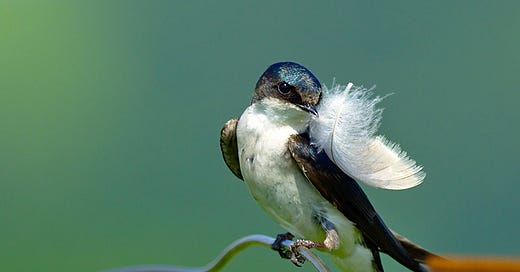



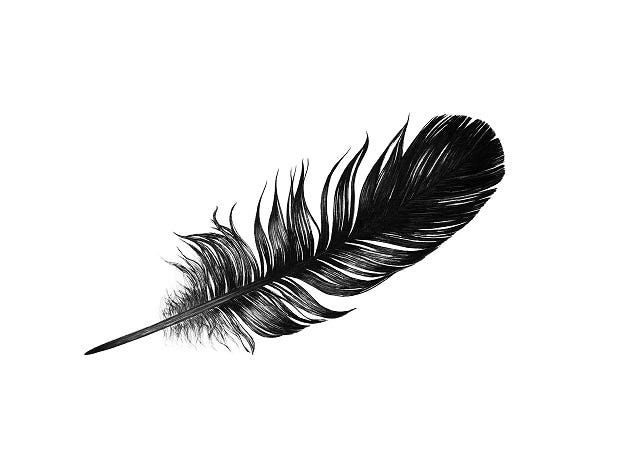

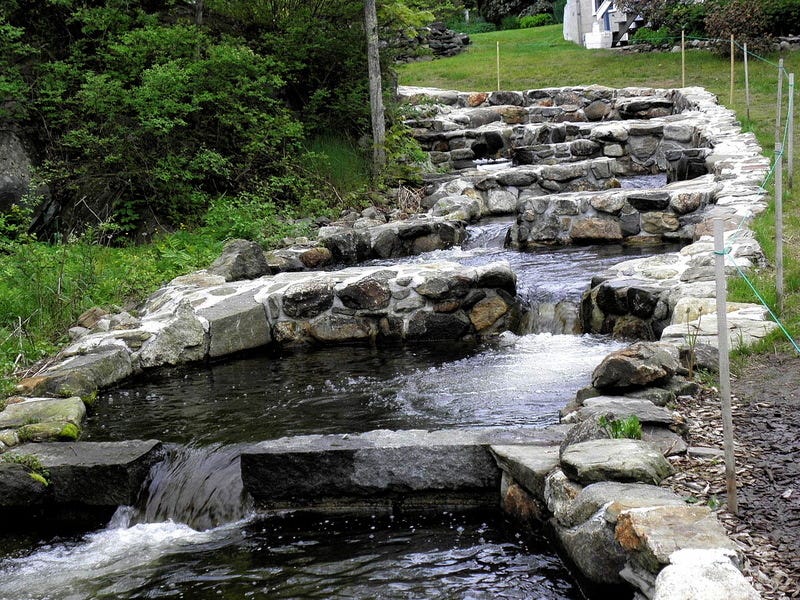
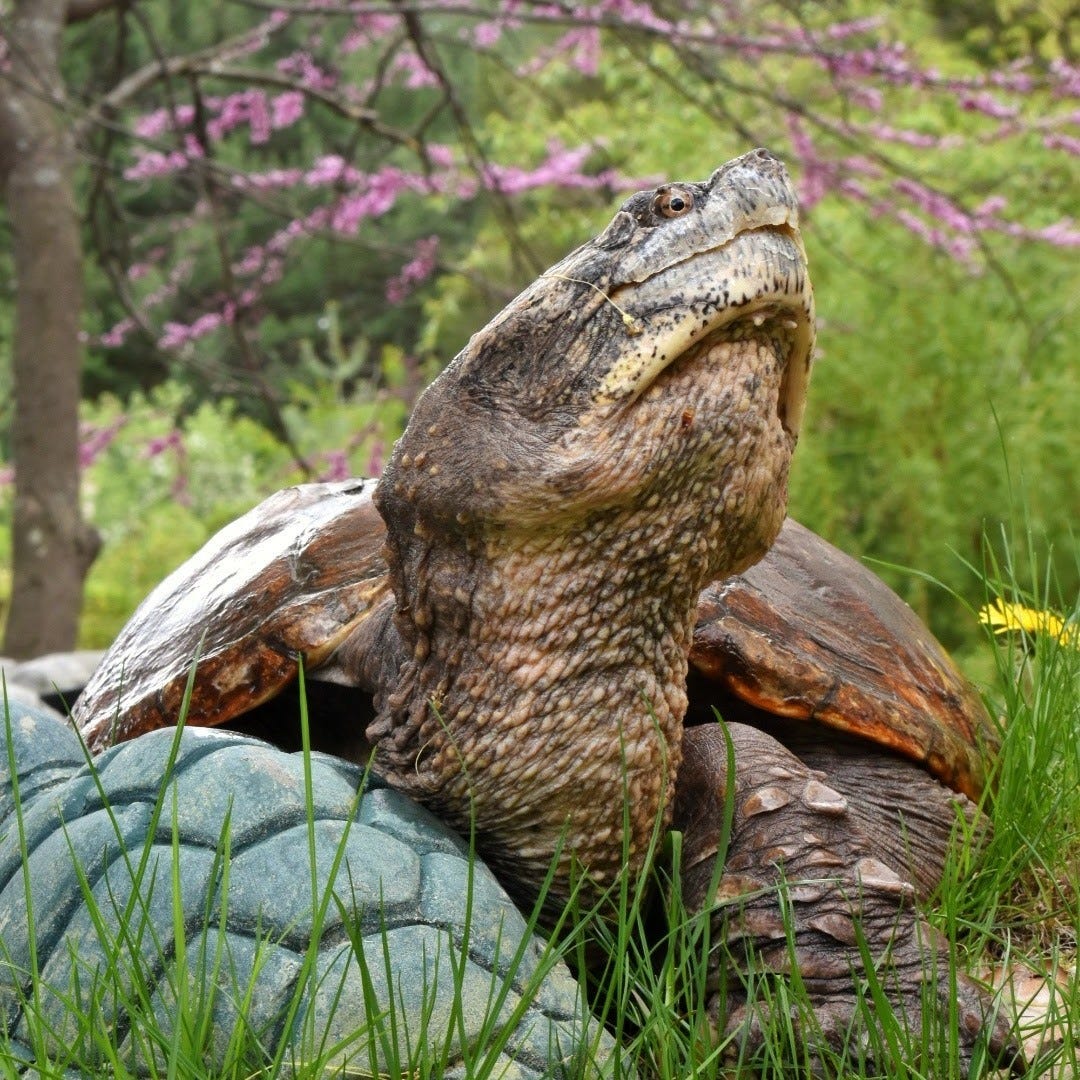

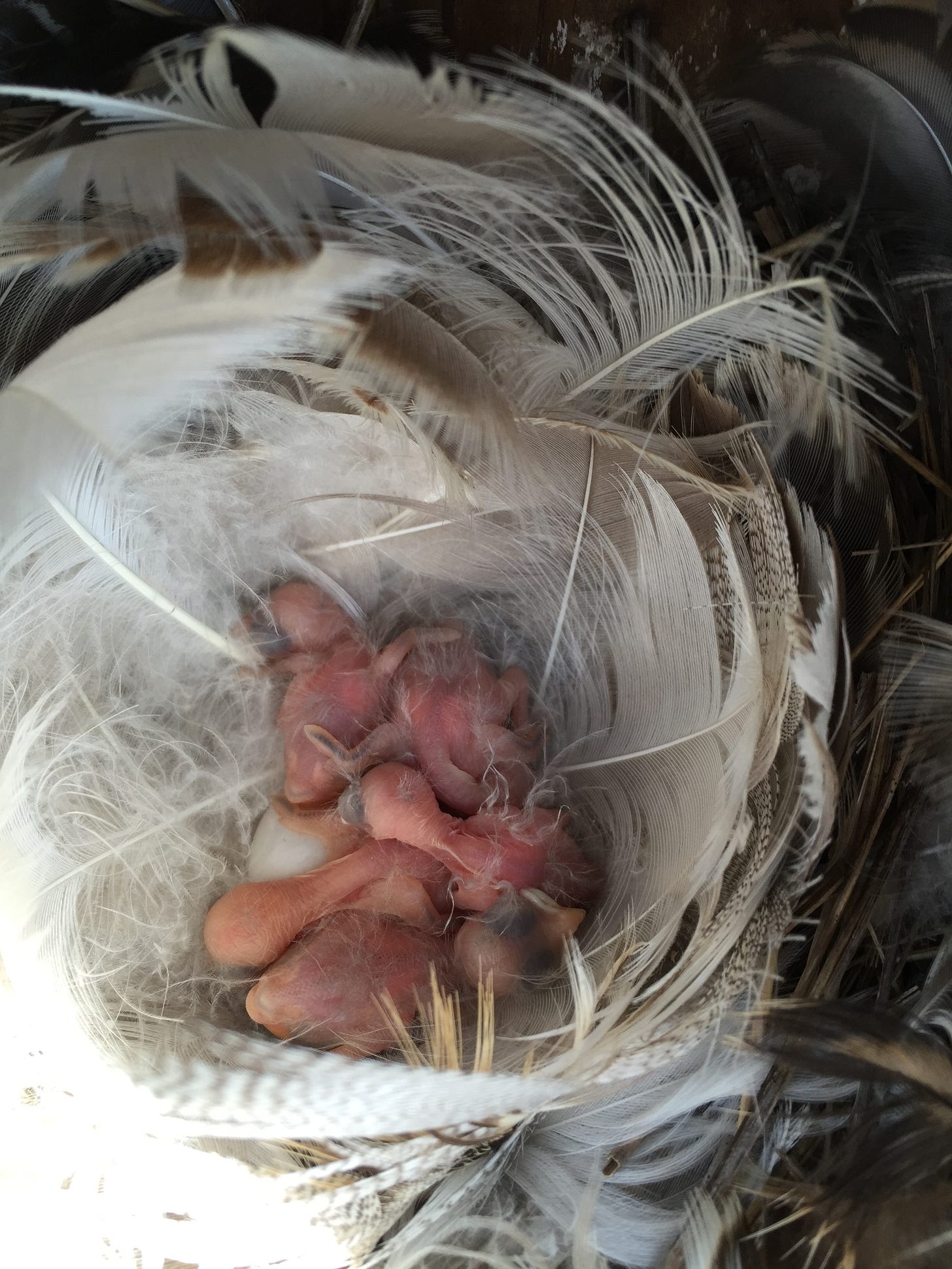

Thank you Jason for writing this compilation of efforts . So many do not realize that it takes a community of like minded individuals to do what they can to protect our wildlife and change the path of the future. You show that anyone can step forward to help. We must advertise the joy to be found in the helping. Each state should have a list of ways for anyone interested. I know Vermont does .The website is called VT Center for Ecostudies that discusses various ways to help. From volunteering for a season to monitor by observation an individual lake for LoonWatch ( to get an idea of statewide statistics on loon populations and breeding). Events that help amphibians in the early spring to cross roads in safety as they head to vernal pools to breed. Large or small, any one person can find a way to make a change. Its too bad that this is not a part of curriculum in schools. Educate and make it fun.
I love your description of
“tossing white feathers” into the breeze for the swallows. Quite beautiful.
"...humans are a two-headed beast. So much of what we do is in opposition to the community of life, and yet so many of us are working with deep empathy for our fellow species. From the point of view of the living world, this kind of coexistence looks a lot like parasitism undermined by empathy. The goal, then, is for the empathy to win out."
This reminds me that the more we all do our part, in our own small ways, the more our impact will add up to be so much greater than the sum of our parts. Thank you, @Jason Anthony, for tossing feathers to the swallows!